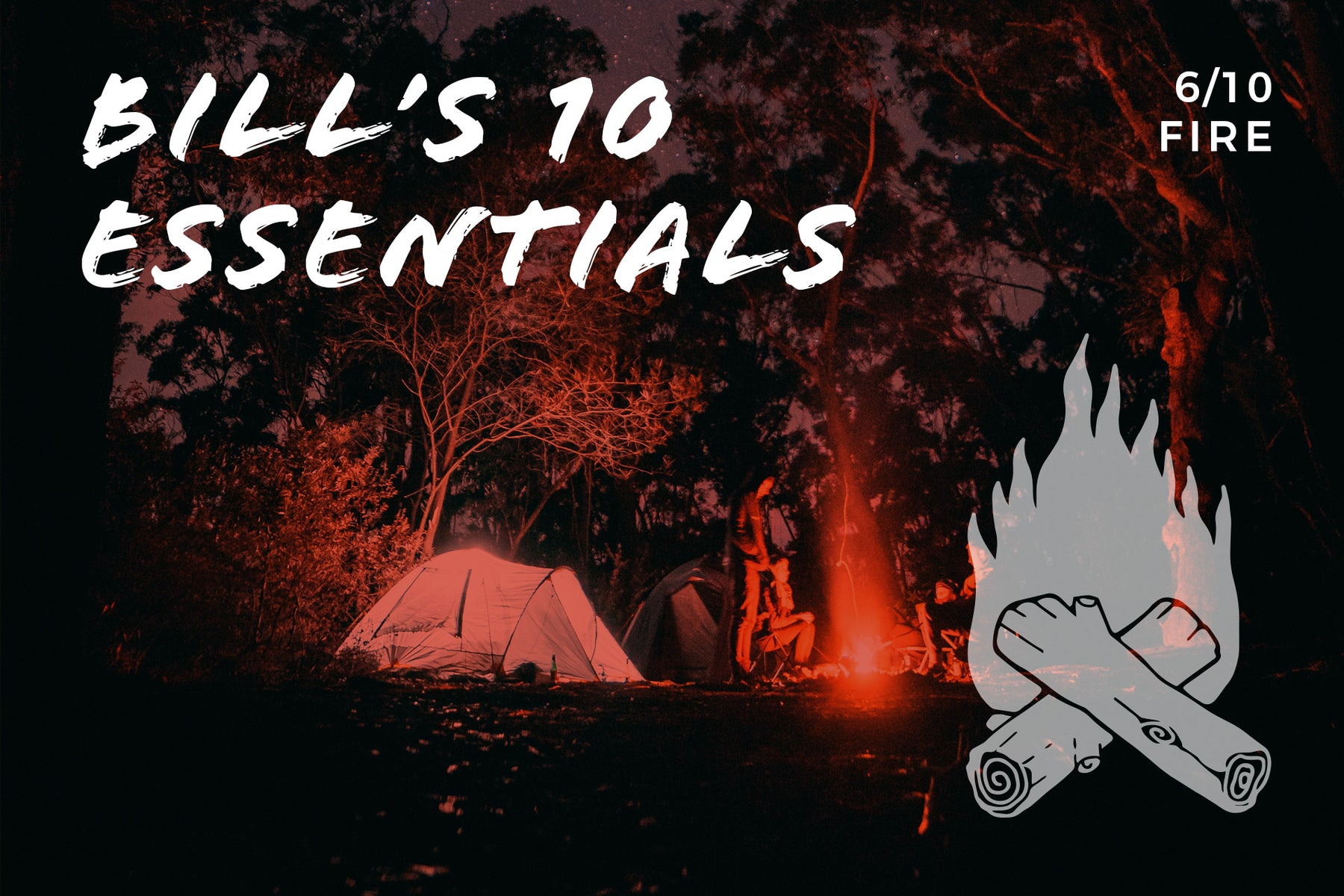Since the time of the Caveman, Fire has been essential to our survival.
Fire has encouraged the improvement of our diet. It provides light and warmth, protects us from wild animals, welcomes others into its light and provides psychological comfort to humans. Unfortunately, as necessary as it was, it may also be the instrument of our destruction. We are at a breaking point where fire has become more of a danger than the lack of it used to be. Unless it is an absolute essential, do not consider lighting a fire in the wilderness.
Starting from the assumption that we should not start one, there may be life-threatening circumstances where fire is a necessity. The circumstance that most frequently comes to mind is where an individual is hurt to the point where self-evacuation is impossible. You are stuck out overnight, unexpectedly. If environmental circumstances are favorable, it may still be possible to get by without a fire. But if the weather turns against you it may be important to maintain body temperature and vital signs with a fire.
Choose a safe location, be sure the area is cleared and the fire can be contained and protected from the wind. Lighting a fire is a task requiring skill and preparation. You probably are not going to be able to throw a couple of sticks together and light a match. Select dry wood or tinder. Shave off thin pieces that will burn most easily and have larger pieces nearby to feed the beginning fire. If you carry a candle, light it first and light the fire from that. Survival candles come in 4 and 8 hour sizes but must be protected carefully so they don’t go out with a gust of wind.




